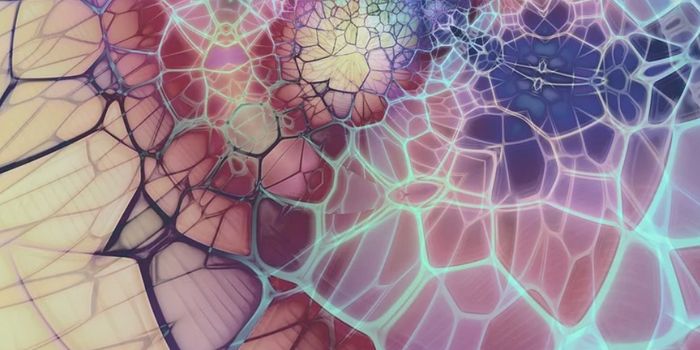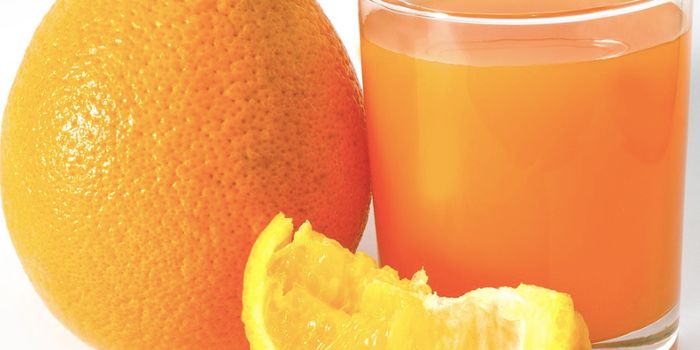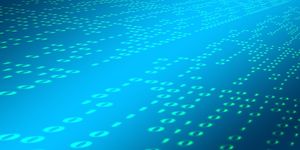Bacteria Can Tumble Their Way Out of Traps
We share the world with vast numbers of microbes, many of which are able to move around freely in the environment. Most, however, tend to stop moving and grow colonies and biofilms. Tumbling bacteria first have to slow their motion and orient themselves properly before they can settle into their ideal environment.
Researchers have investigated this process in Escherichia coli. They found that the bacteria run in circles when they're near a solid surface. The microbes can trace loop after loop like a microscopic figure skater. Scientists analyzed the motion of E. coli step by step and determined that they can tumble along a surface. The findings have been reported in the Biophysical Journal.
"Tumbles are very interesting. The bacteria itself does not know where the environment is preferential for them," said the first author of the study Laurence Lemelle, a biophysicist at École Normale Supérieure de Lyon (Normal School of Lyon). "It doesn't know where to go, how to feel things. But it knows if the past environment was better or worse than the present."
As bacteria learn more about their environment, they can stop their tumbling or slow it down. "This means you swim more towards a direction; at the end, the population statistically swims towards the preferential conditions," she added.
It has been predicted that bacteria don't tumble near a surface; they swim. But biophysics would predict that if bacteria only swam, they'd be trapped in infinite loops.
While it's challenging, these microbes can be tracked. E. coli propel themselves forward using appendages called flagella. They can swim twenty times their body length in a second, and tumble in only a tenth of a second. The tumble is so rapid, a high-magnification, high-speed camera with night vision had to be built to watch them.
As bacteria are swimming in water near the surface, their trajectory bends because of water friction on their cell. They have to tumble to keep from being trapped in circles on the surface, decelerating to do so. The flagellum can reorient the bacteria, kick off the surface, or accelerate the movement as well.
"We now know that bacteria can tumble on surfaces, and these tumbles are very specific," said Lemelle. "Elucidating the strategy of surface exploration that is underlined by these tumbles is an important future step."
Bacteria can explore a surface by moving and tumbling. They can also swim along the surface of a cell until they contact a surface receptor that gives them entry into the cell. They are able to find the best places to form biofilms - like crevices that are hard to clean. These growths are tough to remove and can become antibiotic-resistant.
"Before...the COVID pandemic, it was difficult to convince people that we need to anticipate and develop alternative approaches to reduce the surface biocontamination," said Lemelle. "People were like, 'We have plenty of antibiotics. There's resistance, but we have time.' From a medical standpoint, understanding the near-surface tumbling events of bacteria can help limit the biocontamination of surfaces and develop antibacterial methods."
Sources: AAAS/Eurekalert! via Cell Press, Biophysical Journal









